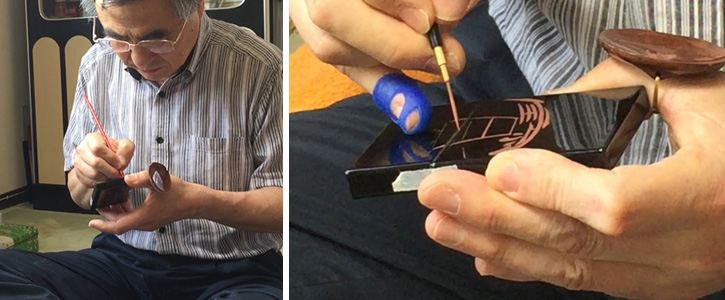
"Cloisonne" is derived from the "Seven Jewels" in Buddhist scriptures. In the Lotus Sutra, they are described as "gold, silver, ruri, giant clams, agate, mailer and pearls. In 1900 Ando Cloisonné was ordained as an official of the Imperial Household Ministry.
With the development of science and technology in the latter half of the 19th century and the growing awareness surrounding arts and crafts, cloisonne techniques and designs developed rapidly, but the passion and craftsmanship remain. In the art world, when the movement of Japonism emerged, mainly in Europe and the United States, Japan's cloisonne items were highly acclaimed worldwide as unique crafts of Japan for their elegance and exquisiteness due to their elegance and exquisiteness. The unique sparkling appearance of the glass and the depth of the overlapping colors capture the viewer's heart.





